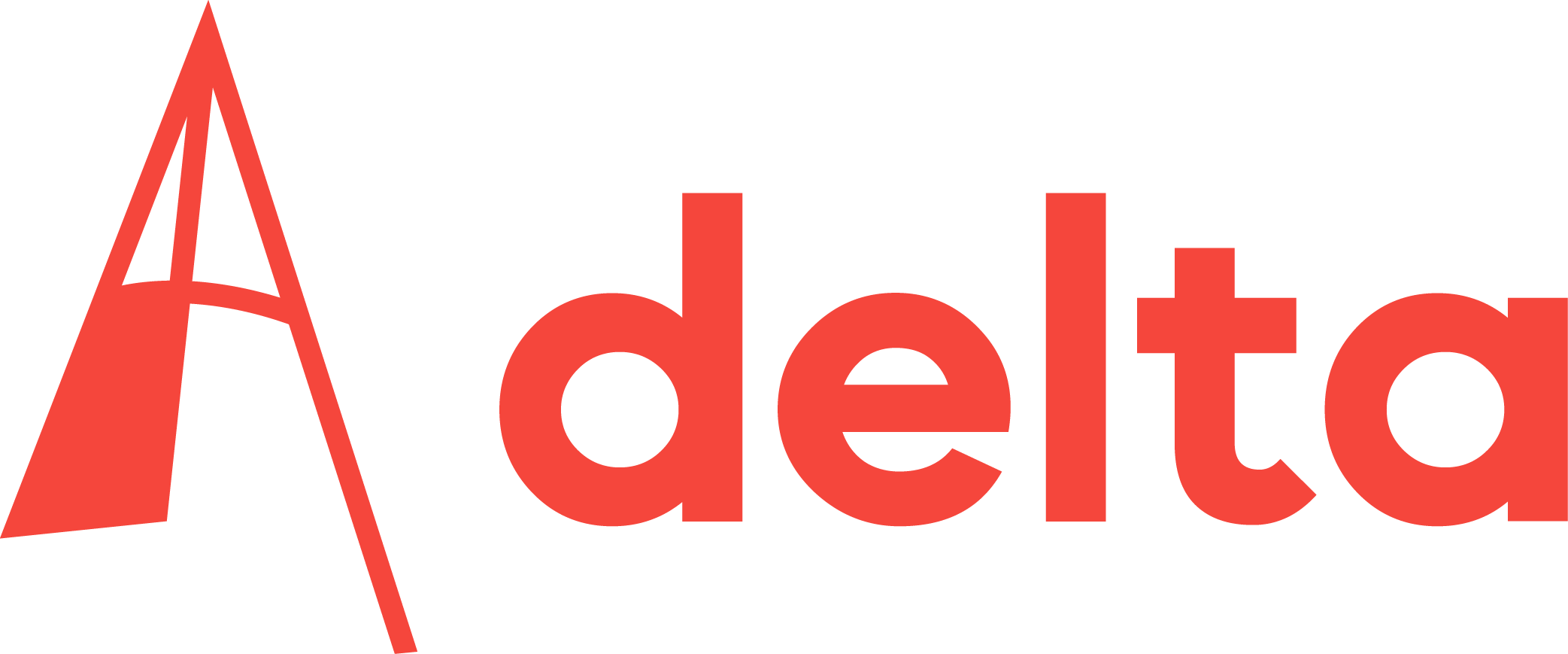Delta and Delft Integraal/Outlook often write about innovative ideas that offer big promises for the future. But what has happened to such ideas a couple years on? What for instance has happened to ‘Ghana Moves’, a hand-driven tricycle for disabled street vendors?
Twisters like the Torso Tower in Malmö and Blobs like the Guggenheim Museum may seem pretty extravagant, but buildings can now look much more organic, thanks to a TU Delft technique to freely curve glass.
Why should dikes and weirs always be made out of steel and concrete? Use rubber-soaked polyamide instead and save a third of the costs, argues Floris van der Ziel.
De Nobelprijs voor geneeskunde gaat dit jaar naar onderzoek aan telomeren en het enzym telomerase. Beide spelen een belangrijke rol bij veroudering.
It’s the week of the biggest awards in science: the Nobel Prizes. This year’s winners of the Nobel
Prize in Medicine and the Nobel Prize in Physics were announced last Monday and Tuesday. TU Delft scientists comment on the awards.
001pt; mso-pagination:widow-orphan; font-size:12.0pt; font-family:”Courier New”; mso-fareast-font-family:”Times New Roman”; mso-bidi-font-family:”Times New Roman”; mso-ansi-language:NL;} @page Section1 {size:612.0pt 792.0pt; margin:72.0pt 90.0pt 72.0pt 90.0pt; mso-header-margin:36.0pt; mso-footer-margin:36.0pt; mso-paper-source:0;} div.Section1 {page:Section1;} –> Name: Thomas Andritsch Nationality: Austrian PhD supervisor: Professor Johan Smit (high voltage components & power systems, faculty of Electrical Engineering, Mathematics and Computer Science) Subject: Evaluation of nanodi-electrics for
When you break a limb, sometimes metal plates or pins must be implanted to help heal the bone. This technique however has its disadvantages. The solution: new types of materials that are as strong as human bone, but which simply degrade and disappear when they’re no longer needed.
The Dutch are renowned for their struggles to master the water. But according to dr. Peter Jules van Overloop, a single control centre equipped with a smart computer would do a much better job.
In 2003 the Dutch emergency services all switched to the C2000 wireless communication system. This was supposed to solve a whole host of problems, but the prestigious system has failed to live up to expectations.
Delta and Delft Outlook often write about innovative ideas that offer great promises for the future. But what has happened to them a couple of years later. What for instance has happened to the interactive advertisement screen that Kerem Obadasi developed in 2006?

